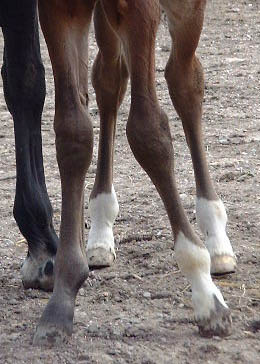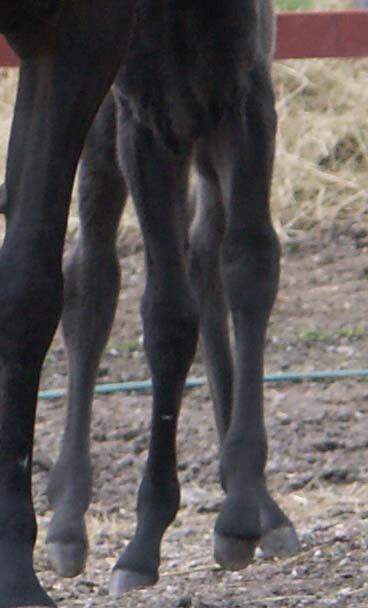Sv: Hmm, skrämmande. Intervju med Strasser..
peter_lundin skrev:
Att många klinikvet reagerar för lite på dåliga hovar håller jag faktiskt med om.
Vad vet du om hur NSAID påverkar kroppen vid en skada?
Det finns massvis av undersökningar o praktiska erfarenheter som visar på bättre läkning både efter operationer, vid skador o vid sjukdomstillstånd. Allmäntillståndet blir bättre aptiten kommer igång o livsgnistan kommer tillbaka. Visst finns det fall där biverkningarna överväger nyttan men de är relativt få.PL
Det finns också studier som visar på motsatsen:
KNOWN ADVERSE EFFECTS OF SYSTEMIC NSAIDS
It is now widely recognized that NSAIDs can cause
side effects in the gastrointestinal tract such as stomach
ulcers and, on rare occasions, potentially fatal conditions
such as colitis (severe inflammation and injury of
the colon). The kidneys may also suffer damage from
these drugs, particularly when horses are dehydrated.
Although studies have shown that these complications
may be caused by excessive doses of NSAIDs, some
horses develop adverse effects when given normal
doses. For example, in 1 study reported by Dr Noah
Cohen at Texas A&M University, 5 horses evaluated for
intermittent colic were found to have right dorsal colitis
when taken to surgery, and all had been on normal
dosages of phenylbutazone from 5 to 30 days. In other
studies, excessive doses of phenylbutazone have been
shown to induce a range of adverse effects within a relatively
short period of time, including gastric ulcers,
colitis, and kidney damage. Therefore, although a uniform
recommendation can be made about careful dosing
of horses according to the labeled instructions, owners
also need to be aware of the possibility of
complications even when they follow these directions.
Other factors, particularly dehydration, should alert
owners to be especially cautious about administration of
even low doses of NSAIDs.
Dr Anthony Blikslager,
DVM, PhD, DACVS,
Associate Professor,
Equine Surgery
Dr Sam Jones, DVM,
PhD, DACVIM,
Associate Professor,
Equine Medicine
Källa: Journal of Equine Veterinary Science March 2005




